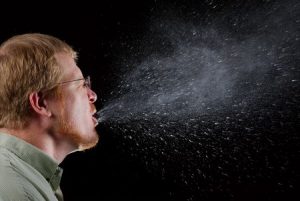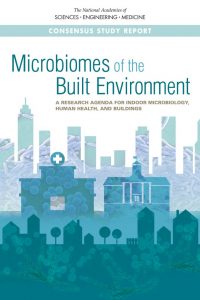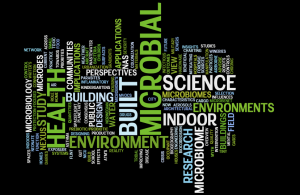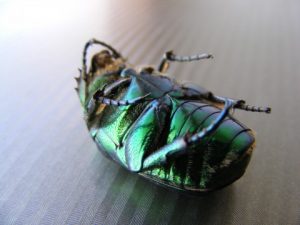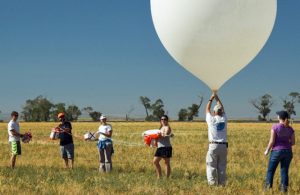Of potential interest: BMC Infectious Diseases | The airborne microbiome – implications for aerosol transmission and infection control From the site Edited by Julian Tang, University Hospitals Of Leicester NHS Trust, UK & Yuguo Li, University of Hong Kong, Hong Kong Many infectious diseases, such as tuberculosis, whooping cough, Aspergillus and other fungal infections, human and avian influenza, measles, chickenpox, and some …
So this looks like a very very good meeting. Source: Schedule – 10th World Conference of Science Journalists, San Francisco 2017 As a science writer, blogger, Tweeter, etc, it seems of great interest to me, even though I am not sure whether I would classify in any way as a science journalist. Regardless, if you …
Recently we wrote about a new NAS report: NAS Study released: #MOBEstudy “Microbiomes of the Built Environment: A Research Agenda for Indoor Microbiology, Human Health, and Buildings” I am writing here to share that there will be a panel discussion on September 11 about this report. People can attend in person or online. From the email …
Source: What Microbes Are Hiding In Your Microbiome? Great to see / hear this on Science Friday. Featuring Jessica Green and Rob Dunn and a discussion of the new NAS report on microbiomes of the built environment. Produced by Katie Hiler. It is worth a listen to … Here is their summary: Ever wonder if your …
This meeting should be of interest to many out there. A great collection of speakers and topics. Keynotes by Ed Yong, Susan Lynch and Marc Edwards. Registration deadline is September 1. MoBE 2017 Microbiology of the Built Environment Research and Applications Symposium October 10 – October 12, 2017 NAS Building Washington, DC …
This new paper in PLOS Computational. Biology may be of interest: : The application of project-based learning in bioinformatics training by Emery LR and Morgan SL. Although many out there may already be doing projects based learning for bioinformatics, many others are not. This paper discusses how the authors added a projects component to an existing course …
So this is the culmination of a huge amount of work by a large number of folks. The National Academy of Sciences (NAS) just released a new report “Microbiomes of the Built Environment: A Research Agenda for Indoor Microbiology, Human Health, and Buildings”. This report was requested by the Alfred P. Sloan Foundation, the National …
A few years ago I was hearing increasing discussion about the idea that much of the microbiology of the built environment was “stamp collecting” and that the indoor microbiome might consist largely of dead or non-viable material passively deposited indoors. Many pweople argued that there was a need for better tools (or increased use of …
When I first saw the headline on this I groaned a little, thinking this was some completely bogus type of project. But actually, upon reading about it in more detail it sounds like a really good public engagement project involving the eclipse, students, space, and microbes. The article: Most-watched eclipse in history could answer the …
This is a worthwhile read – from Judy Stone – on germs on kitchen sponges. “The brouhaha about germs on kitchen sponges is much ado about nothing. Put it in perspective with these tidbits.” Source: Germs On Your Kitchen Sponge? Get a Grip!
